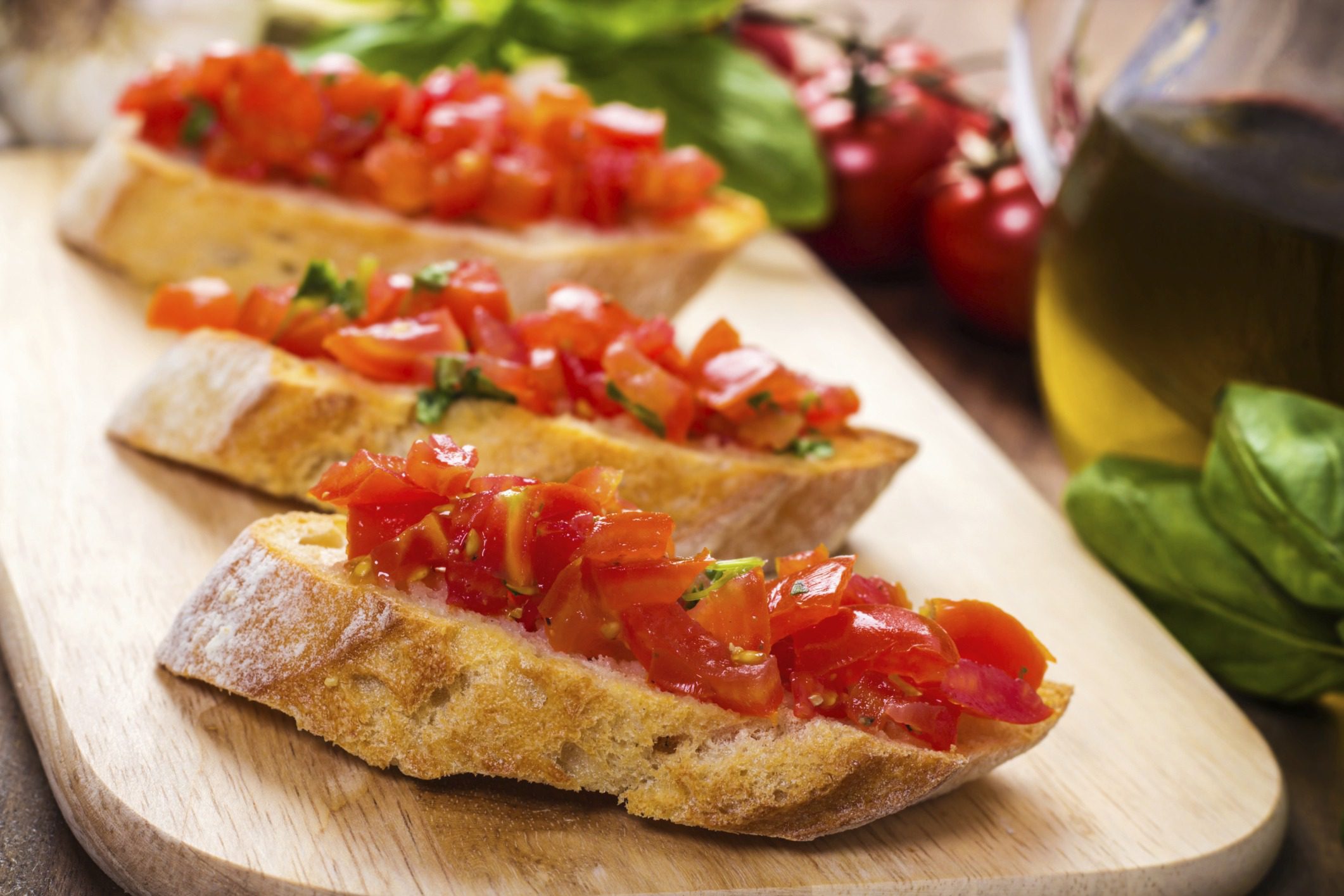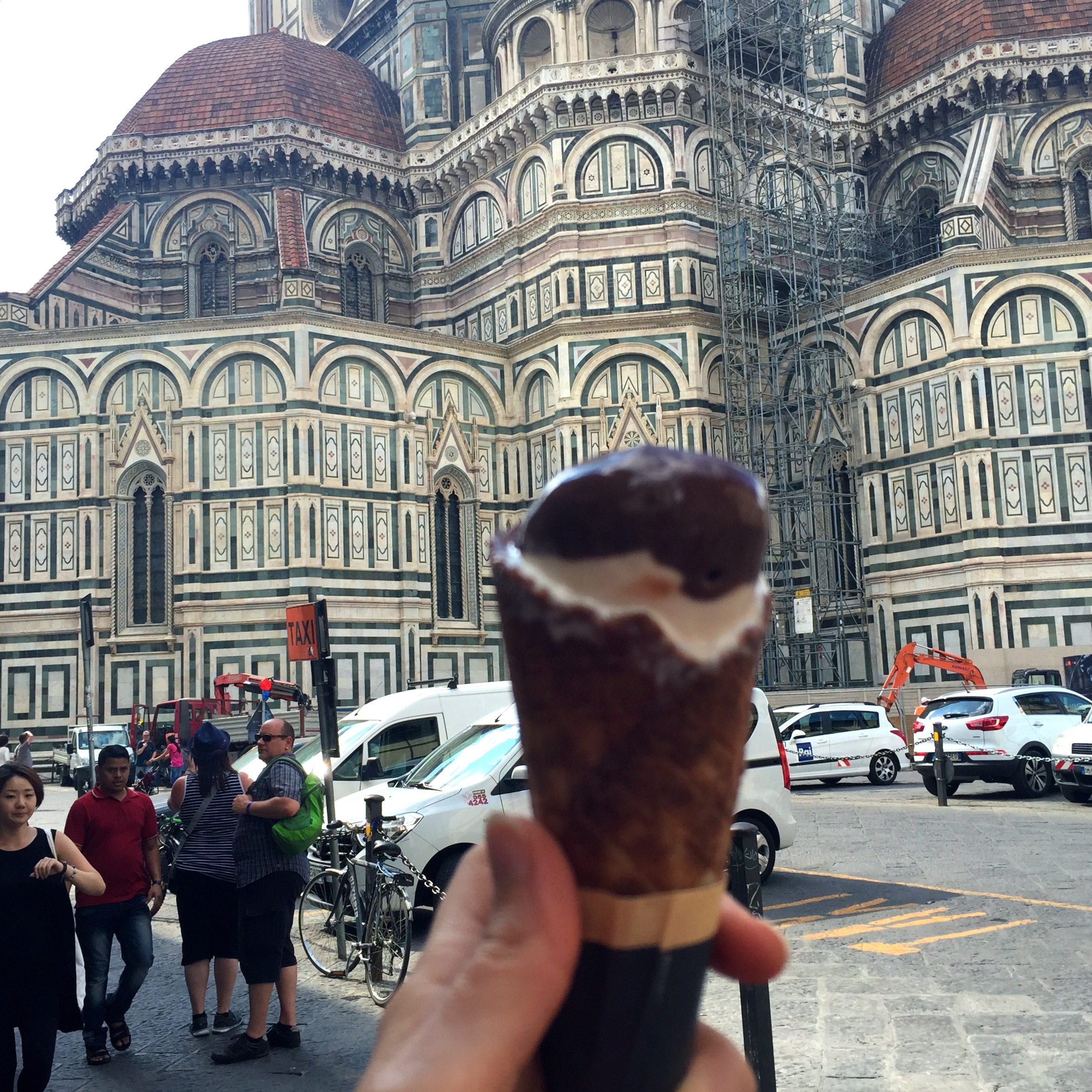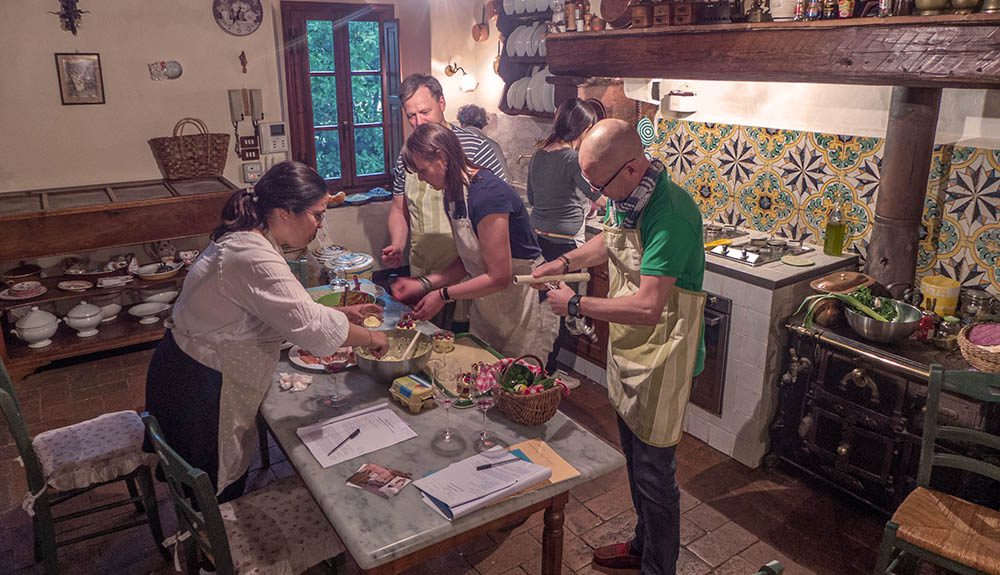
Visiting Tuscany is a palate-pleasing experience, which is understandable because food seeps into every aspect of life in Tuscany and vice-versa. When you eat a meal here, you’re eating its history and culture.
Tuscan food is known for hearty meals with simple flavors. Plenty of fresh breads, cheeses, fruits and vegetables are used to create a luscious, regional meal that leaves you feeling connected to the community. With all that in mind, here are our choices for 5 must-try Tuscan meals.
Tuscan meals usually begin with antipasti, which can include bruschetta or crostini served with an assortment of toppings. A common Florentine antipasto is crostini di fegato which a liver spread made from veal, chicken, goose, or duck mixed with chopped anchovies, onions and capers for flavor. Sometimes this antipasti is used an entire lunch meal.
Florentine steak is a great example of a dish that represents part of Tuscan culture. Known as one of the only steak dishes in Italian cooking, the meat is named after Florence, which was a historic center for leather goods production! The secret to this thickly-cut beef is the breed of cattle called the chianine. It is grilled over a wood or charcoal fire and seasoned with salt, olive oil and traditionally served very rare and will melt in your mouth.
While pasta is not traditionally as important to Tuscany as other Italian regions, Tuscany is known for its Tortelli. Often prepared with an egg noodle and filled withspinach or cheese. The famous sweet potato-filled torelli originates in Pitigliano, influenced by the once large Jewish community that dominated the village. This take on ravioli is lovingly prepared with the best fresh cold-pressed olive oil (would you expect anything else in Tuscany?)
Cinghiale may not be a word that many recognize, but rest assure that after you’ve tasted it you’ll be ordering it off a menu often. Cinghiale is a wild boar that roams freely in Tuscany and has become essential to Tuscan cooking. These days it is often served as part of a ragù, with fresh pasta, but it can also be enjoyed on its own or as part of a charcuterie board.
Panforte is traditional dessert bread that dates back to 13th century Siena and is sure to please any sweet tooth. Baked with fruit and nuts (not to mention honey) in a shallow pan, panforte used to be made by monks and nuns, and is the perfect way to engage with the history of the area as you finish your meal.
You can try all these outstanding foods on any of our Tuscany trips or let us order for you on our Eat, Drink, Walk tour: https://eviactive.com/eat-drink-walk-tuscany/
0




